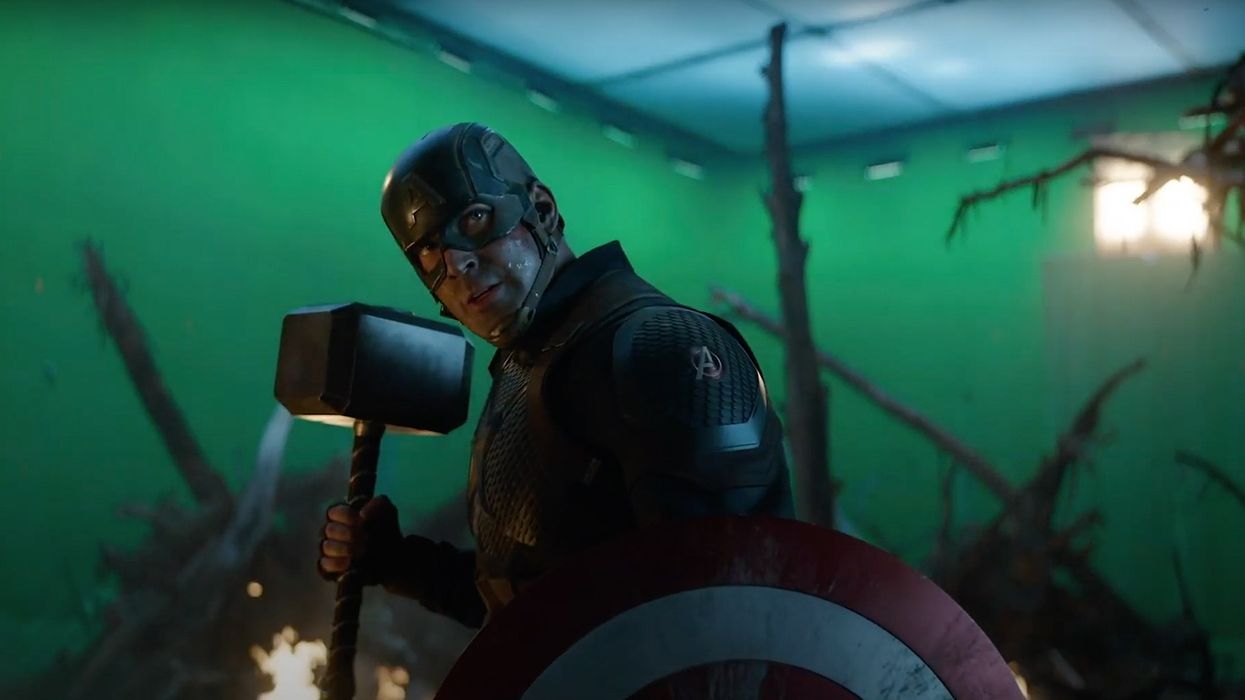What Are the Working Conditions Like for VFX Artists on Marvel Projects?
Marvel is one of the largest and most successful studios—so why are VFX artists complaining about working conditions?

The powerhouse that is Marvel has been an inescapable tidal wave in the industry for the better part of the last 15-plus years. We've seen Marvel in and out of the news, producing the biggest hits of all time, and also entering into feuds with filmmakers and fans when it comes to how the movies are made, what they stand for, and how they dominate every aspect of the box office.
Now, in a recent Screen Rant article, we've been made aware of some working conditions of Marvel VFX artists. Let's expand on that.
What Are the Working Conditions Like as a VFX Artist for Marvel?
If you're on Twitter a little too much, as I tend to be, you see trending topics. Recently, Marvel came under fire for some of the VFX in its new shows and movies. People were complaining about it, and then former VFX artist Dhruv Govil chimed in.
He worked on movies like Guardians of the Galaxy and Spider-Man and said the way Marvel treats its VFX artists drove him from the industry.
Complaints about washed-out backgrounds and poor planning were doubled down on when Taika Waititi and Tessa Thompson appeared in a video talking about the VFX issues in Thor: Love and Thunder. Many were critical of their flippant remarks about the appearance of VFX in the scene.
Marvel has been in a bind—the studio is coming out with so many things that it's putting a lot of strain on their normal VFX houses. And while fans have complained in the past, those complaints seem to be louder now. The pandemic forced Marvel to shoot on green screens a lot more, amplifying the work. And this influx is putting more pressure on artists.
A new Reddit thread titled "I am quite frankly sick and tired of working on Marvel shows" has comments that range from accusations to just beleaguered workers sharing their stress.
Reddit user Independent-Ad419 wrote,
"Marvel has probably the worst methodology of production and VFX management out there. They can never fix the look for the show before more than half the allocated time for the show is over. The artists working on Marvel shows are definitely not paid equivalent to the amount of work they put in."
Rumors have always swirled that the amount of VFX and the payments to said VFX houses have always been suspect. These companies are outside labor that bid on jobs. Sometimes that bidding undercuts competitors just to book something, and organizations barely break even. When the projects back up, or timelines shrink, it can be hard to deliver.
If you're a Marvel artist, we'd love to hear from you. And we'll work to keep everyone updated on what's going on there.













